Class Mammalia
Order Chiroptera
Family Phyllostomidae
Desmodus stocki—Stock's Vampire Bat // Macrotus californicus—California Leaf-nosed Bat
Phyllostomatids are predominantly tropical and semi-tropical. Several species reach into the southernmost U.S. seasonally. Two species are present as fossils in our region: The California Leaf-nosed Bat (Macrotus californicus) that occurs at present north to southern Arizona and California, and the extinct Stock's Vampire Bat (Desmodus stocki). The latter likely is a progenitor of Desmodus rotundus, the Common Vampire Bat, which does not reach north to the border region today.
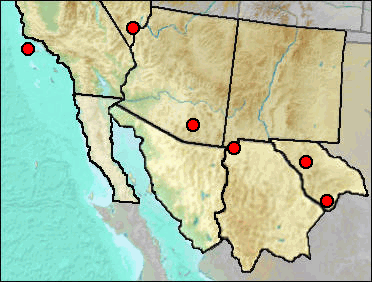
This larger version of the Common Vampire Bat (Desmodus rotundus) occurs as a fossil across the southern United States and apparently survived until several thousand years ago on one of the Channel Islands (San Miguel) off of the coast of California (Guthrie 1980). Other regional records probably are Mid Wisconsin or earlier.
Vampire bats are reliant on blood for food. The Common Vampire Bat today commonly feeds on livestock, the replacement for many of the Pleistocene hoofed creatures that became extinct at the end of the Pleistocene.
McDonald and Jefferson (2008), in their discussion of the distribution of Nothrotheriops shastensis (Shasta Ground Sloth), noted an association of Nothrotheriops and D. stocki in a number of fossil faunas and similarity in their Pleistocene geographic ranges. They wrote (p. 321): "The association of N. shastensis and D. stocki in a number of assemblages suggests a similar latitudinal and altitudinal restriction of both species by minimal winter temperatures. Given the sloth's low metabolic rate and the thermal restrictions exhibited by modern vampire bats, this lower limiting temperature falls in the range of 10 to 20°C."
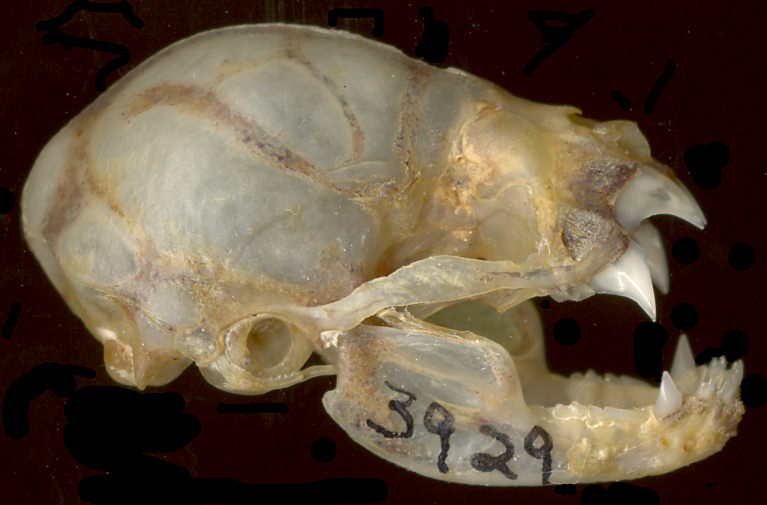
Fig. 1. Skull and mandibles of the modern Common Vampire Bat (Desmodus rotundus). The skull of Stock's Vampire Bat is similar except for size. UTEP specimen.
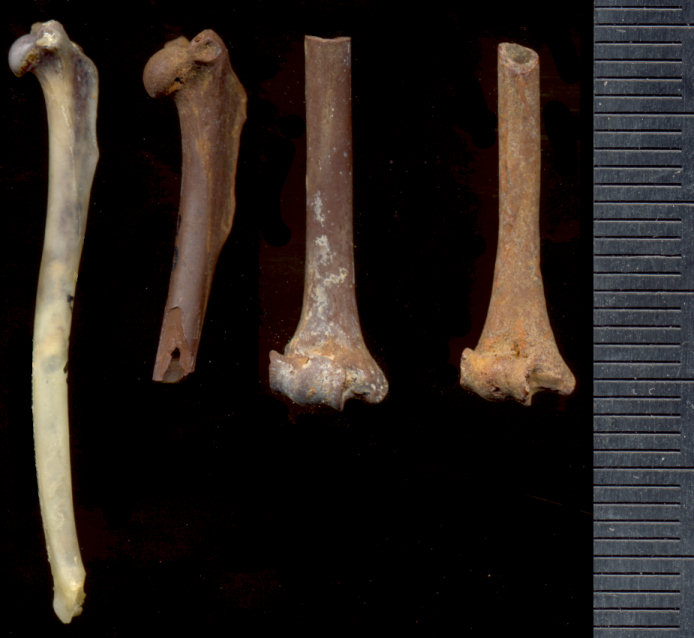
Fig. 2. Humerus (lacking distal end) of Desmodus rotundus (left); proximal and distal portions of humeri (UTEP 5689-140-82, UTEP 5689-1-85) of Desmodus stocki from U-Bar Cave (middle); distal humerus (UTEP 107-27) from Sierra Diablo Cave (right). Scale in mm.
Sites.
Pleistocene: Terlingua (Cockerell 1930).
Late Pleistocene: Arkenstone Cave (Czaplewski and Peachey 2003).
Mid Wisconsin: U-Bar Cave (Harris 1987).
Mid/Late Wisconsin: Rampart Cave (Mead et al. 2005)
Mid/Late Wisconsin/Holocene: Sierra Diablo Cave (UTEP).
Late Wisconsin: San Miguel Island (Guthrie 1998).
Literature.
Cockerell 1930; Czaplewski and Peachey 2003; Guthrie 1980; Guthrie 1998; Harris 1987; McDonald and Jefferson 2008; Mead et al. 2005.
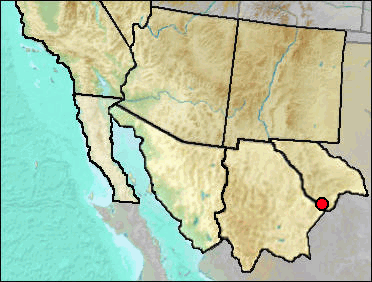
This bat occurs now in the northwestern part of Mexico and adjacent United States with
apparently a disjunct population in southern Tamaulipas (Fig. 1). Its presence at Terlingua in the
Big Bend is unexpected if viewed only in the context of the current western distribution. However,
the reported Tamaulipas population indicates a formerly more widespread distribution that easily
might have extended into the Big Bend region during times of relatively mild winter temperature.
Associated in the same deposit (a crevice deposit in limestone about 320 feet below the surface)
was Stock's Vampire Bat (Desmodus stocki), whose present likewise suggests a lack of
heavy winter freezes.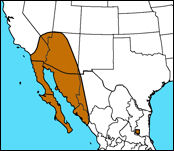 Although the Terlingua material is listed
as Rancholabrean, this is based only on the association with Bison. Other occurrences of
D. stocki appear to be mid Wisconsin, but interglacial climates could easily be
involved.
Although the Terlingua material is listed
as Rancholabrean, this is based only on the association with Bison. Other occurrences of
D. stocki appear to be mid Wisconsin, but interglacial climates could easily be
involved.
Fig. 1. Approximate modern distribution of Macrotus californicus. Note the small area of occurrence in southern Tamaulipas. Map adapted from IUCN Red List of Endangered Species.
The Macrotus material was re-examined by Ray and Wilson (1979). They concluded that the skull material did indeed represent M. californicus, though with minor variations that did not warrant taxonomic recognition.
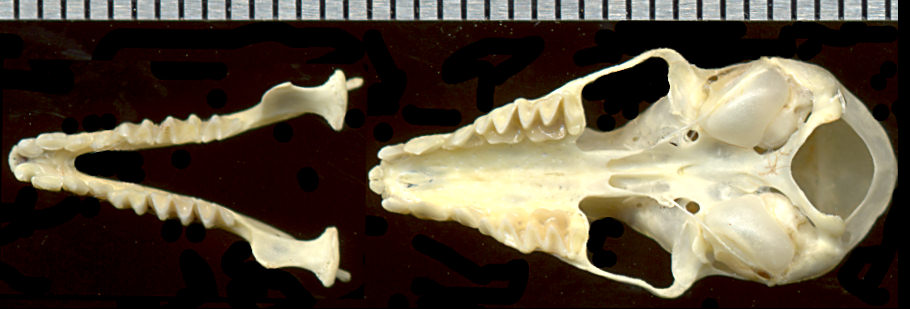
Fig. 2. Skull and mandibles of a modern specimen of Macrotus californicus.
Sites.
Rancholabrean: Terlingua (Cockerell 1930; Ray and Wilson 1979).
Literature. Cockerell 1930; Ray and Wilson 1979.
Last Update: 10 Feb 2014